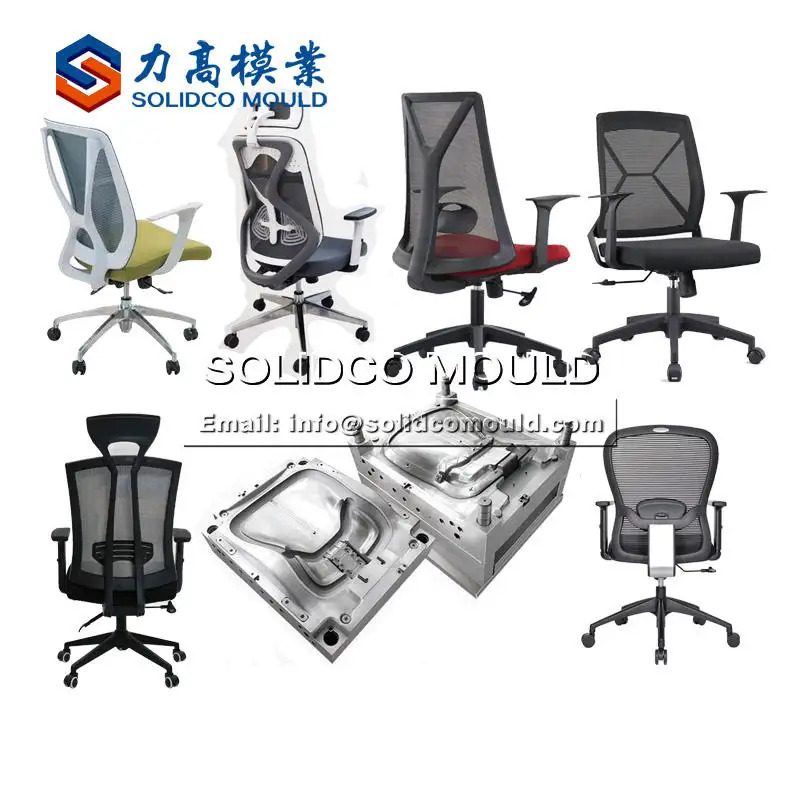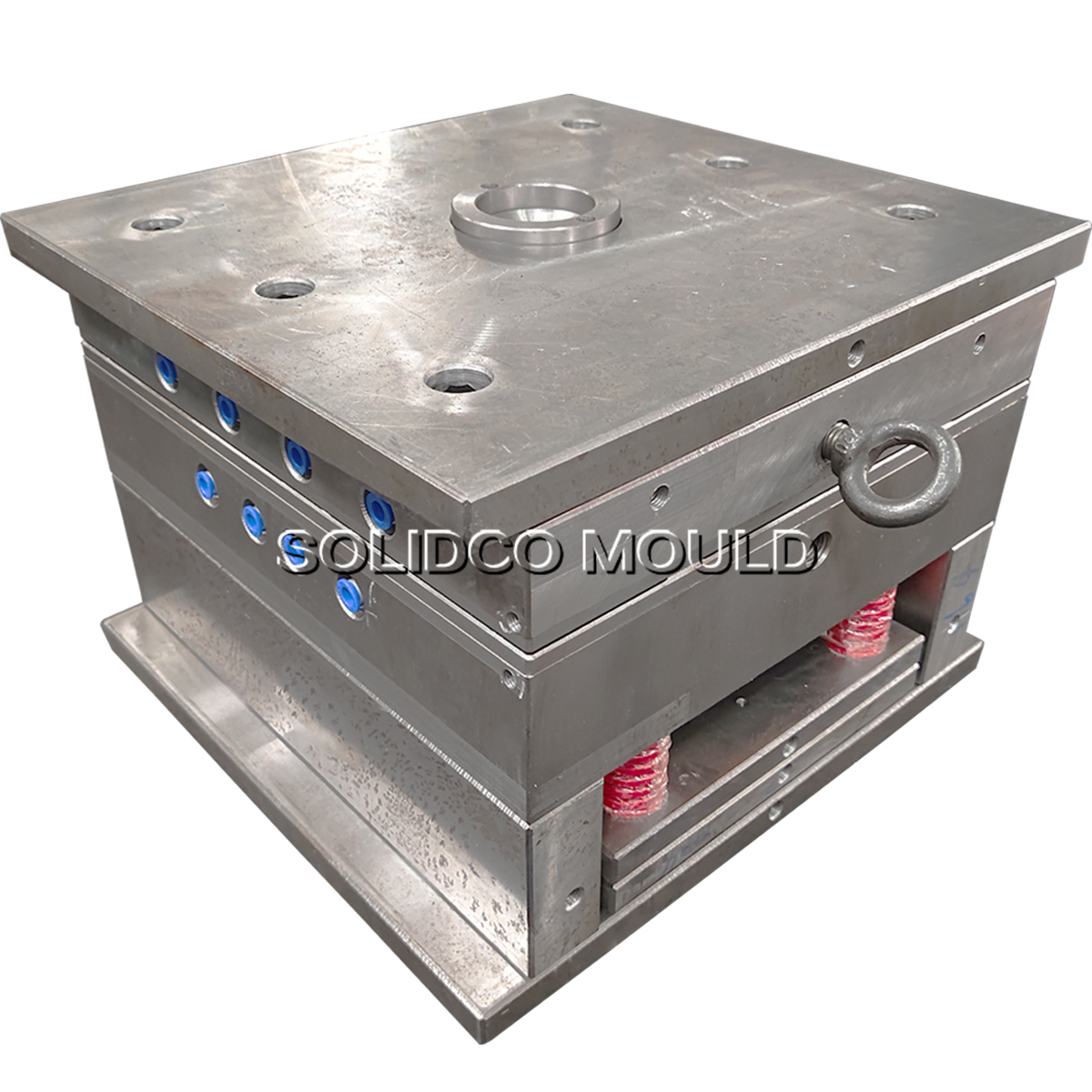The injection molding machine screw works for a long time under high temperature, high pressure, high mechanical torque and high friction environment. The first few factors are required by the process conditions, and the loss caused by friction is inevitable.
Generally, the injection molding machine screw is subjected to surface nitriding treatment to improve the surface hardness, that is, to improve the wear resistance. However, if the cause of wear is ignored and the wear is not minimized, the working life of the screw will inevitably be greatly reduced.
The following will focus on the causes of screw wear and methods to reduce wear:
Each plastic has an ideal plasticizing processing temperature range, and the barrel processing temperature should be controlled to be close to this temperature range. Granular plastic enters the barrel from the hopper and first reaches the feeding section. Dry friction will inevitably occur in the feeding section. When these plastics are not heated enough and melt unevenly, it is easy to cause increased wear on the inner wall of the barrel and the surface of the screw.
Similarly, in the compression section and homogenization section, if the melting state of the plastic is disordered and uneven, it will also cause increased wear.
The speed should be adjusted properly. Because some plastics are added with reinforcing agents, such as glass fiber, minerals or other fillers. The friction of these substances on metal materials is often much greater than that of molten plastics. When these plastics are injected, if a high speed is used, while the shear force on the plastic is increased, the reinforcement will also produce more shredded fibers accordingly. The shredded fibers contain sharp ends, which greatly increase the wear force.
When inorganic minerals slide on the metal surface at high speed, their scraping effect is also not small. Therefore, the speed should not be adjusted too high.
It is necessary to check and remove the debris in the plastic. Generally speaking, there is no debris in the original purchased fresh plastic, but after transportation, weighing, drying, color mixing, and especially adding recycled materials, there may be debris.
As small as metal shavings, as large as heating coil nuts, paper clips, and even a bunch of warehouse keys, they have been mixed into the barrel. The damage to the screw is self-evident (of course, the barrel will also be damaged at the same time), so it is necessary to install a magnet rack and strictly manage and monitor the feeding.
The moisture contained in the plastic has a certain effect on the wear of the screw surface. If the plastic is not completely dehydrated before injection molding, the residual moisture will enter the compression section of the screw, forming “steam particles” with high temperature and pressure that are previously melt-mixed in the molten plastic. As the screw advances during the injection process, from the homogenization section to the screw head, these “steam particles” are decompressed and expanded during the injection process, like tiny impurity hard particles, which cause friction and damage to the wall surface.
In addition, for some types of plastics, under high temperature and high pressure, moisture may become a catalyst that promotes the cracking of plastics, producing harmful impurities that can corrode the metal surface. Therefore, the drying work before plastic injection molding is not only directly related to the quality of the product, but also affects the working life of the screw.
In conclusion, we need to keep good maintainence on the injection molding machine screw during our daily operation, to extend its life and keep it working properly, it is important for our injection molding productivity.

